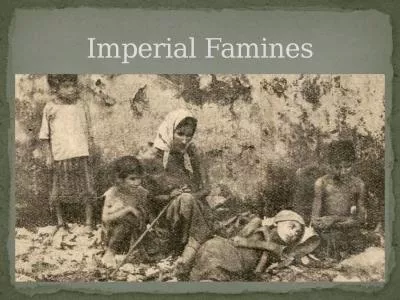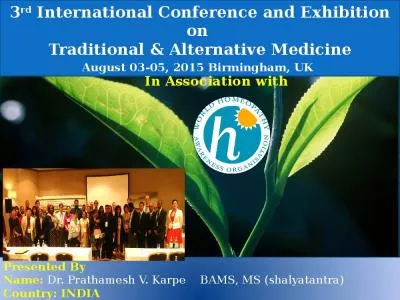PDF-War and Famines Jean Drze War is one of the last basti
Author : stefany-barnette | Published Date : 2015-06-16
Almost every famine in the last thirty years or so has been conn ected with armed conflict of one sort or another The connection is particularly evident in subSaharan
Presentation Embed Code
Download Presentation
Download Presentation The PPT/PDF document "War and Famines Jean Drze War is one of ..." is the property of its rightful owner. Permission is granted to download and print the materials on this website for personal, non-commercial use only, and to display it on your personal computer provided you do not modify the materials and that you retain all copyright notices contained in the materials. By downloading content from our website, you accept the terms of this agreement.
War and Famines Jean Drze War is one of the last basti: Transcript
Download Rules Of Document
"War and Famines Jean Drze War is one of the last basti"The content belongs to its owner. You may download and print it for personal use, without modification, and keep all copyright notices. By downloading, you agree to these terms.
Related Documents

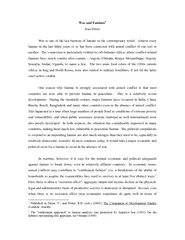
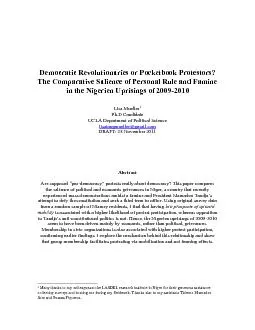

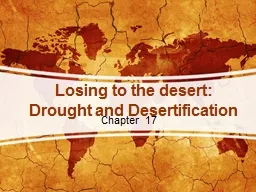
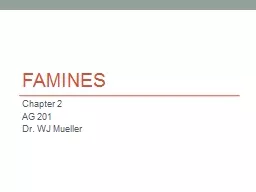
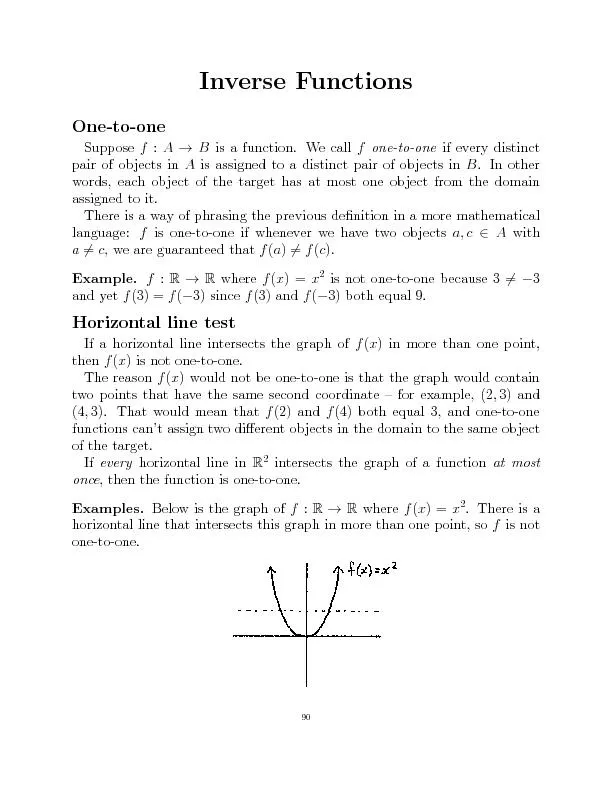
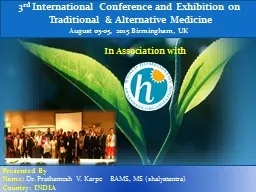




![[DOWNLOAD]-Climate Change and the Health of Nations: Famines, Fevers, and the Fate of](https://thumbs.docslides.com/958168/download-climate-change-and-the-health-of-nations-famines-fevers-and-the-fate-of-populations.jpg)
